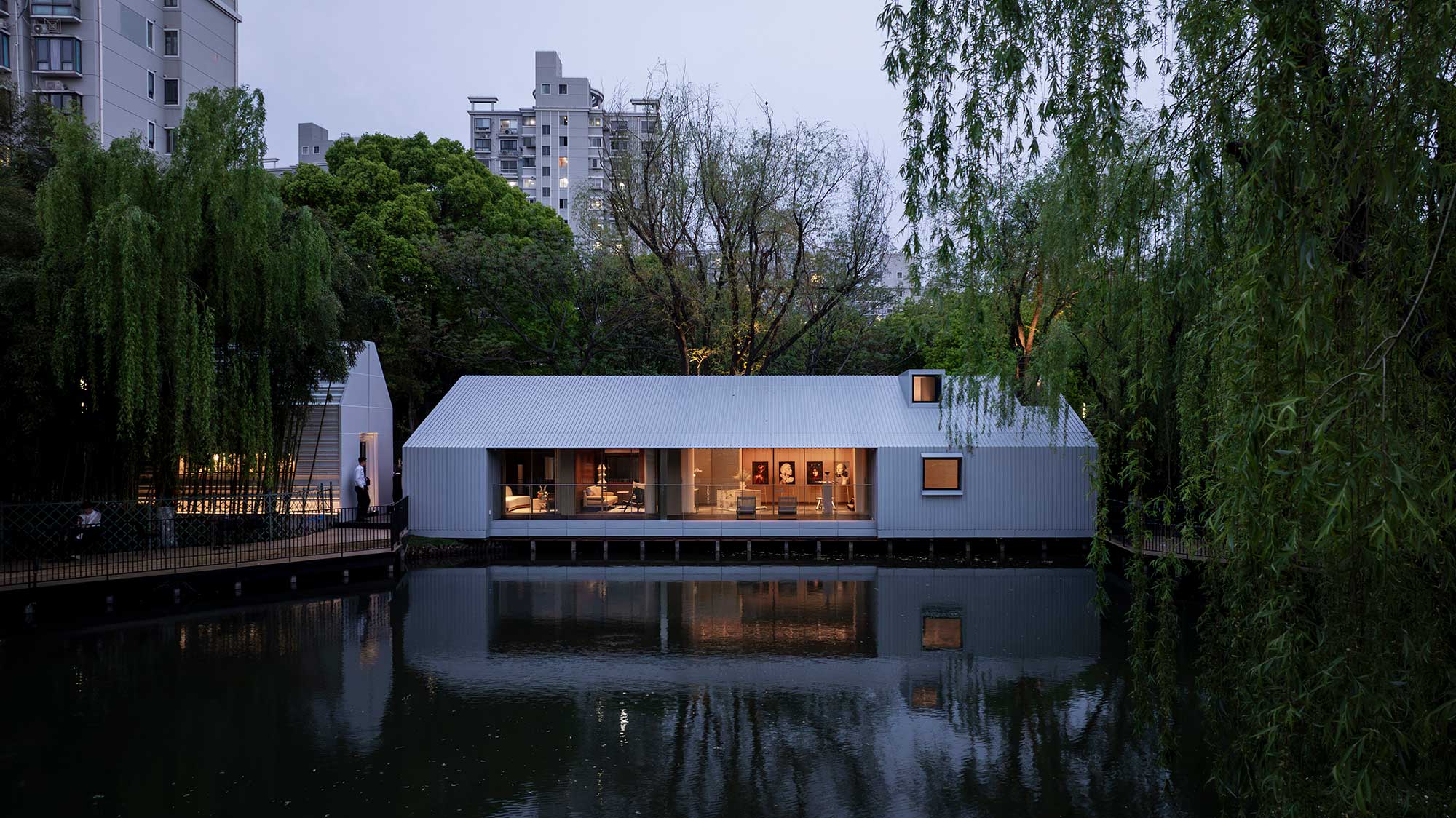- ‘Weave’ A Proposal For Elementary School, Using Fabric Formed Rammed Earth
- Weave, proposal for Senegal Elementary School by Scarlett Lee can be constructed using local materials like woven fabric, soil and bamboo.

- Project: Weave
- Location:
- Marsassoum,
- Senegal
- Architect:
- Scarlett Lee
- Typology:
- Schools
- Year: 2021
- Images: Scarlett Lee
Text description by the architect*
Weave, the elementary school is located in the small town of Marsassoum around the Soungrougrou river in Senegal, where the main occupations of the local people are agriculture and fishing. Since the town is situated in a remote area with the closest city of Ziguinchor more than an hour’s drive away, the proposal is based on two significant factors; local materials that are readily available in order to minimise the cost of construction, and simple construction technology that unskilled local labourers can easily learn and reproduce the construction process in the future.

One of the most locally-available materials in Senegal is textiles with distinctive patterns and colours, which represent the identity of each ethnic groups. Soils are also common building materials in the region. Considering the fact that vernacular technology has developed with these local materials, the design and construction of the elementary school was developed to promote the use of local materials and the engagement of local craftsmanship. This proposal not only uses fabric as essential material for earthen construction, but also as functional and aesthetic building material that symbolises the Mandinka people, who are the largest ethnic group in Senegal.

Based on the understanding of the local context, fabric-formed rammed earth construction is proposed because it is easy for low- or semi-skilled labourers to build, and can be constructed using local materials like woven fabric, soil and bamboo. One of great advantages of fabric formed rammed earth is its water-resistant quality. Rammed earth is denser than other earthen construction methods, being built with high compaction. This construction process reduces pores between soil particles where rainwater could penetrate, and moreover, its density further increases with the use of fabric formwork because excess air and water are extracted through the permeable fabric. Therefore, fabric-formed rammed earth is expected to add the structural stability to the school in Marsassoum even during the heavy rainy seasons, while maintaining pleasant humidity level in indoors.
This Senegalese elementary school has been carefully designed to maximise children’s educational opportunities from indoors to outdoors, while minimising environmental stress. The existing tree in the middle of the site is incorporated in the design to serve as both an educational hub and a central point for diverse activities.


























